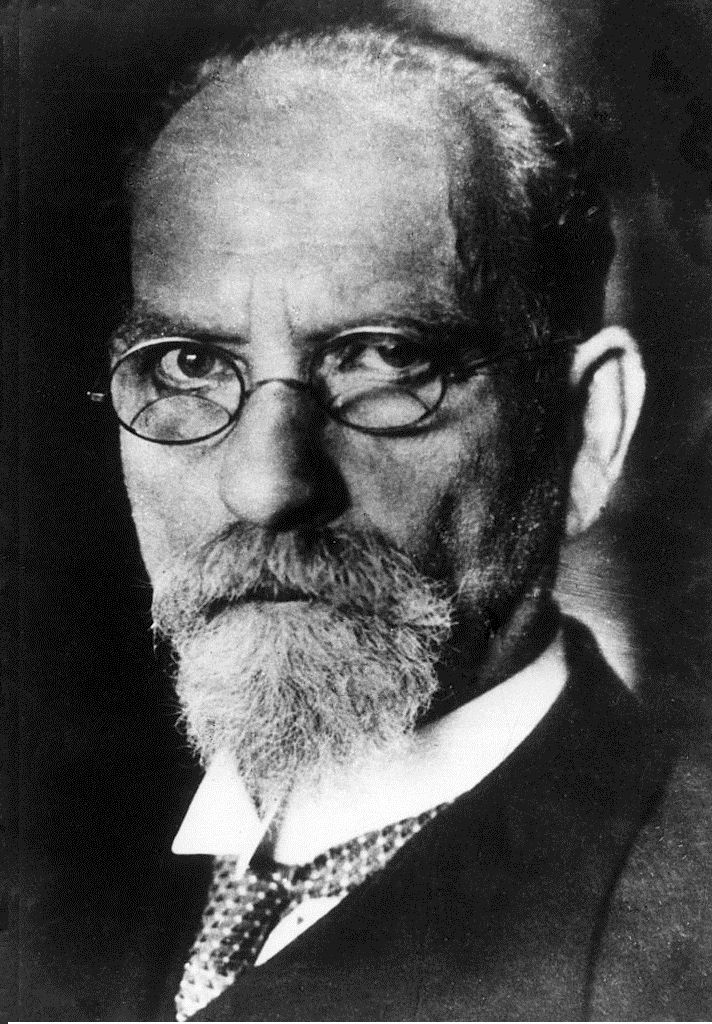Lifeworld | Ghostworld
Haunting is something that happens in the world of the living, it is those who live that are haunted. Ergo, any understanding of haunting is contingent on an understanding of the lived experience of the living.
Thinking about this I came across Edmund Husserl’s concept of the lifeworld, which I think is useful for developing a further understanding of hauntology and the practice of hauntogrqphy.
Lebenswelt (lifeworld)

From the Wikipedia article on Edmund Husserl’s concept of the lifeworld | Lebenswelt.
The ‘lifeworld’ is a grand theatre of objects variously arranged in space and time relative to perceiving subjects, is already-always there, and is the “ground” for all shared human experience. … The lifeworld can be thought of as the horizon of all our experiences, in the sense that it is that background on which all things appear as themselves and meaningful. The lifeworld cannot, however, be understood in a purely static manner; it isn’t an unchangeable background, but rather a dynamic horizon in which we live, and which “lives with us” in the sense that nothing can appear in our lifeworld except as lived.
The lifeworld is the background stuff-of-life, the constantly shifting set of interwoven experiences that we are swimming in as we live. I think that the lifeworld might be another way of thinking about culture, (the time-and-place, the here-and-now we are always already thrown into) it is this thing that we are emerged within but usually unaware of.
The lifeworld is experienced by us. When we are experiencing it in the ways we more or less expect it kind of fades into the background, to the place where it can be taken as a “given,” where it can be taken for granted.
Unthought knows:
The psychoanalyst Christopher Bollas created the the term “unthought knowns,” which I think is similar to the lifeworld.
those experiences in some way known to the individual, but about which the individual is unable to think. At its most compelling, the unthought known stands for those early schemata for interpreting the object world that preconsciously determine our subsequent life expectations. (Source)
Ghostworld:
The ghostworld is covered over by the lifeworld. The ghostworld is the known that is not thought. The ghostworld is where everyday life wears thin. The ghostworld is where the repressed resides.
The ghostworld haunts the lifeworld. The unthought known haunts the thought known. What has been expelled from the regular civil everyday life haunts that everyday life.
As I write this, I wonder to myself, is the ghostworld just another way to think about the unconscious? Is the lifeworld the point where the pre-conscious and conscious come together and create an ephemeral life-as-we-live-it (i.e. Being-in-the-world)?
I don’t know if it is, or if it isn’t.

